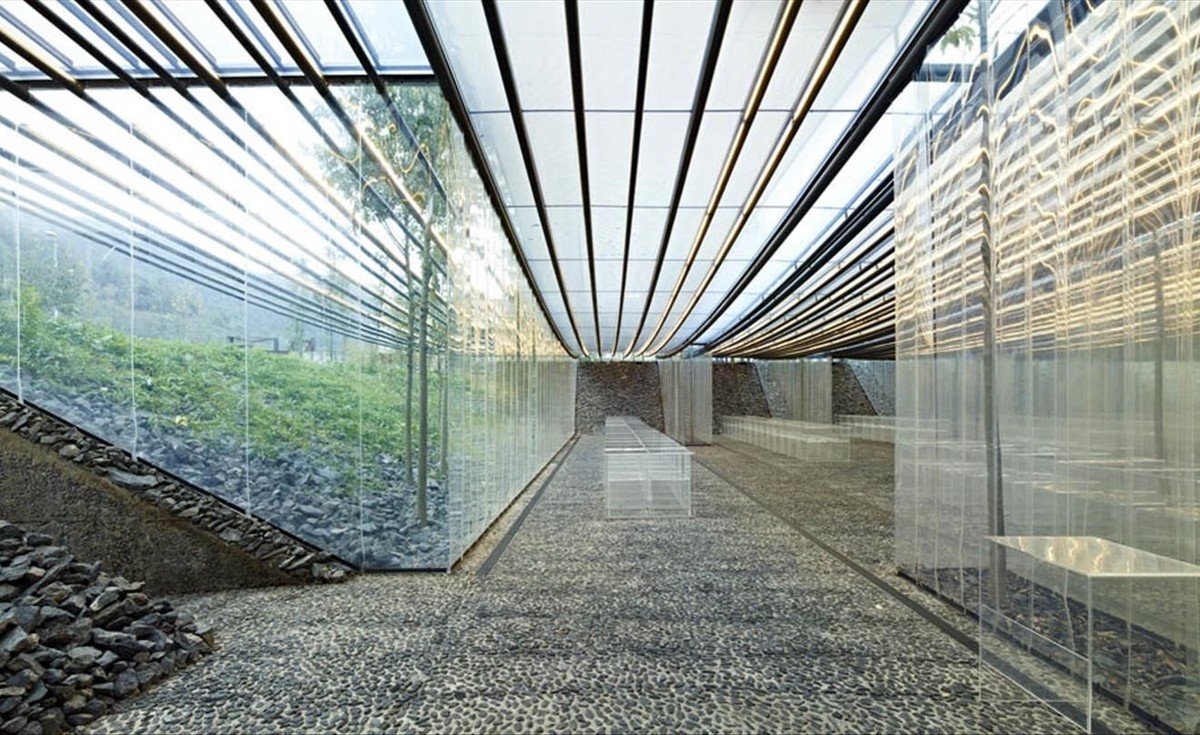
Selected Topics in Architecture: The Culture of Glass - Technology versus Technique
ARC3713H F
Instructor: Pina Petricone
Meeting Section: L0101
Wednesday, 9:00am - 12:00pm
Location: TBD
State-of-the-art material practice as a primary tool for shaping a city and its culture is at the centre of this seminar. With a long history of transformative power, glass, in particular, continues to demonstrate its capacity to define a socio-political attitude – one that is less about transparency (literal and phenomenal) and more about ephemerality and immateriality.
As a material practice, glass inevitably brings with it structural, mechanical and environmental systems, a complex armature that can be hidden but never separated from the glass pane itself. This seminar assumes that transparency in glass is not innate, rather it is constructed. Experiments in material technique combined with new material technologies engineers a kind of ‘behavior’ which is quite separate from its performance. We will study performance driven advancements from leaders in the glass industry around the world in order to ultimately arrive at an aesthetic treatise which in many ways looks abroad before returning to the status of local glass architecture.
Availability of resources, skilled trades, and demands on material performance are shaping contemporary architecture across the globe, where economic and cultural forces determine material building practices that in turn and sometimes on mass define a specificity in architecture. Not since the concrete brutalism of the 1960’s has the city of Toronto experienced such accelerated growth whose expression is so consistently rendered. Our city has seen more new condo glass towers per capita than any other city in recent history.
Building scientists have known for a long time that glass-walled structures (window wall systems) are less energy efficient than even the concrete buildings put up 60 years ago, but the market demand for glass combined with the relatively low cost of window wall construction means the building and development industry is happy to oblige.
So much has been written about the inevitable failure of window wall along with the inevitable climb in energy costs for these buildings because of it. There is such overwhelming consensus about the certain problems these glass assemblies will have in the very near future that engineers and scientists paint a picture of our skyline punctuated by large scaffolding that will wrap the leaky skins of the relatively young towers. This sentiment of collective disdain is a noticeably familiar one. It is not unlike the collective rejection of the brutalist stock as it was going up in Toronto many decades ago.
This seminar gives students the opportunity to operate on the Toronto glass context, the abundant building stock that is so actively re-defining our city. The typical and inevitable glass balcony balustrade that encrusts most condo towers has become a fruitful site of operation for us in this regard. Students will have the opportunity to propose a multivalent glass instrument at the site of existing balconies to transform both the performance and behavior of existing glass skins, while significantly impacting the presence and nature of glass in the city. This final work will be critically informed and shaped by in-depth case study research of state-of-the-art glass practices and technologies earlier in the term. This work will be divided loosely among topics such as cladding, structure, coatings, daylighting, casting, and composites within precise climatic, cultural and urban contexts. In parallel, students will individually contribute to an inventory of Toronto’s “glass state” by documenting and therefore defining what constitutes its contemporary, typical material practice on the basis of which we will operate.
Image: Olot Restaurant, Catalonia, Project by RCR Arquitectes - Image © Hisao Suzuki

